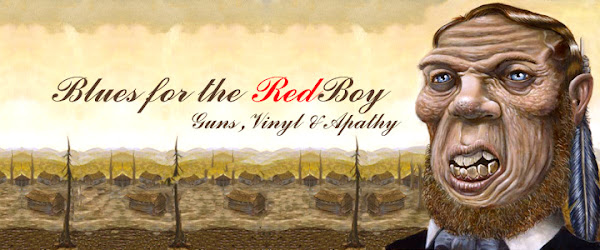Currently Reading...

"PERKINS, William (1555-1602)
Discourse of the damned art of witchcraft In
The Workes of that famous and worthy minister of Christ in the Universitie of Cambridge, Mr William Perkins.
London : Printed at London by John Leggatt, printer to the
University of Cambridge, 1616-1618.
Perkins was a prominent English demonologist and widely regarded Puritan preacher, who's Discourse was published posthumously in 1608. Like several other witch believers such as Henry More and Henry Hallywell, he was a fellow of Christ's College, Cambridge. A primary English authority on witchcraft, Perkins ignored the work of the European demonologists, basing his work almost exclusively on the Bible.
The book is divided into seven chapters covering true and false miracles, the league between Satan and a witch, divination, good witches, and the discovery and punishment of witches. It was influential throughout the 17th century because of its distinctions between false and uncertain signs of witchcraft, presumptions of guilt, and just and sufficient proofs."











No comments:
Post a Comment